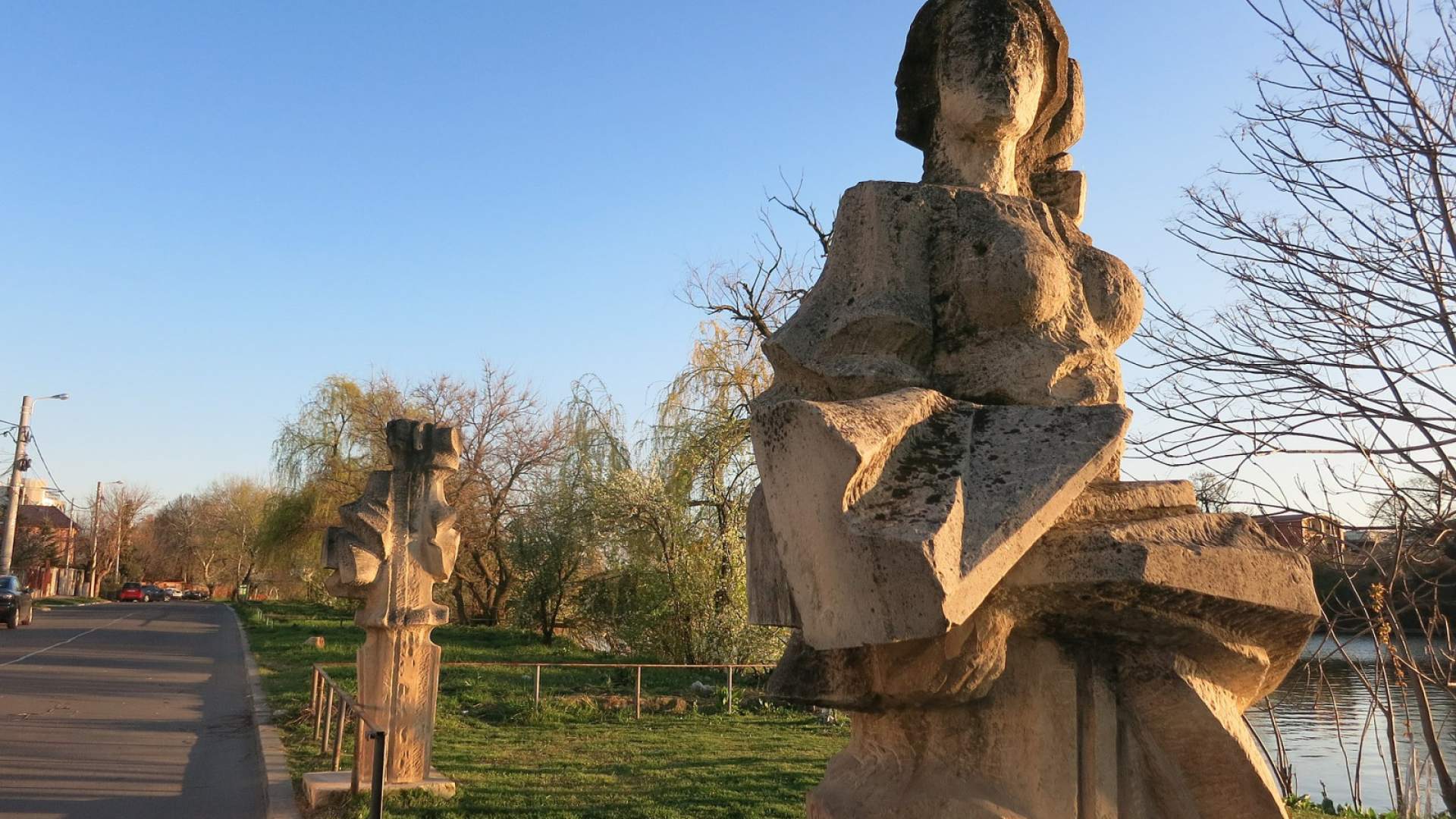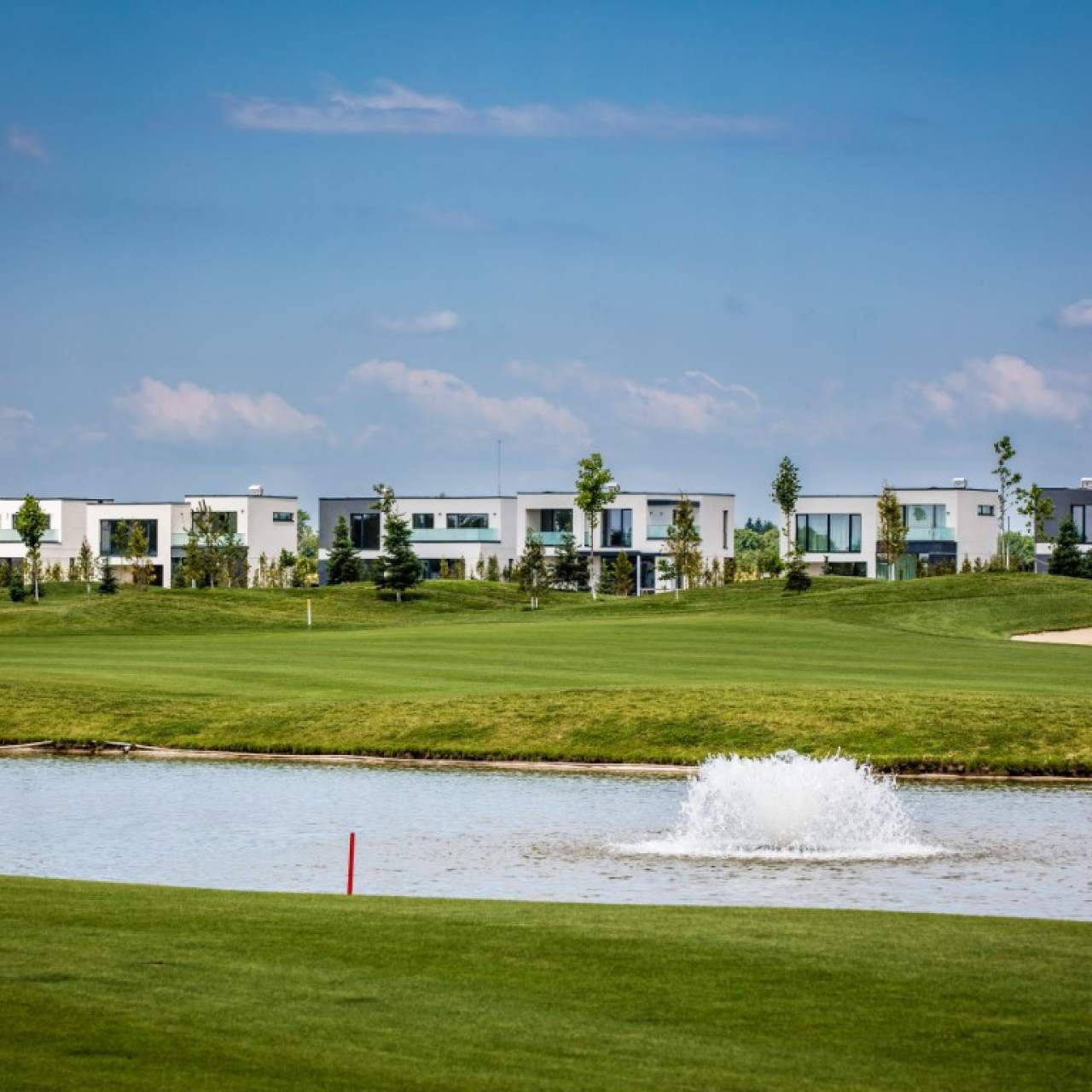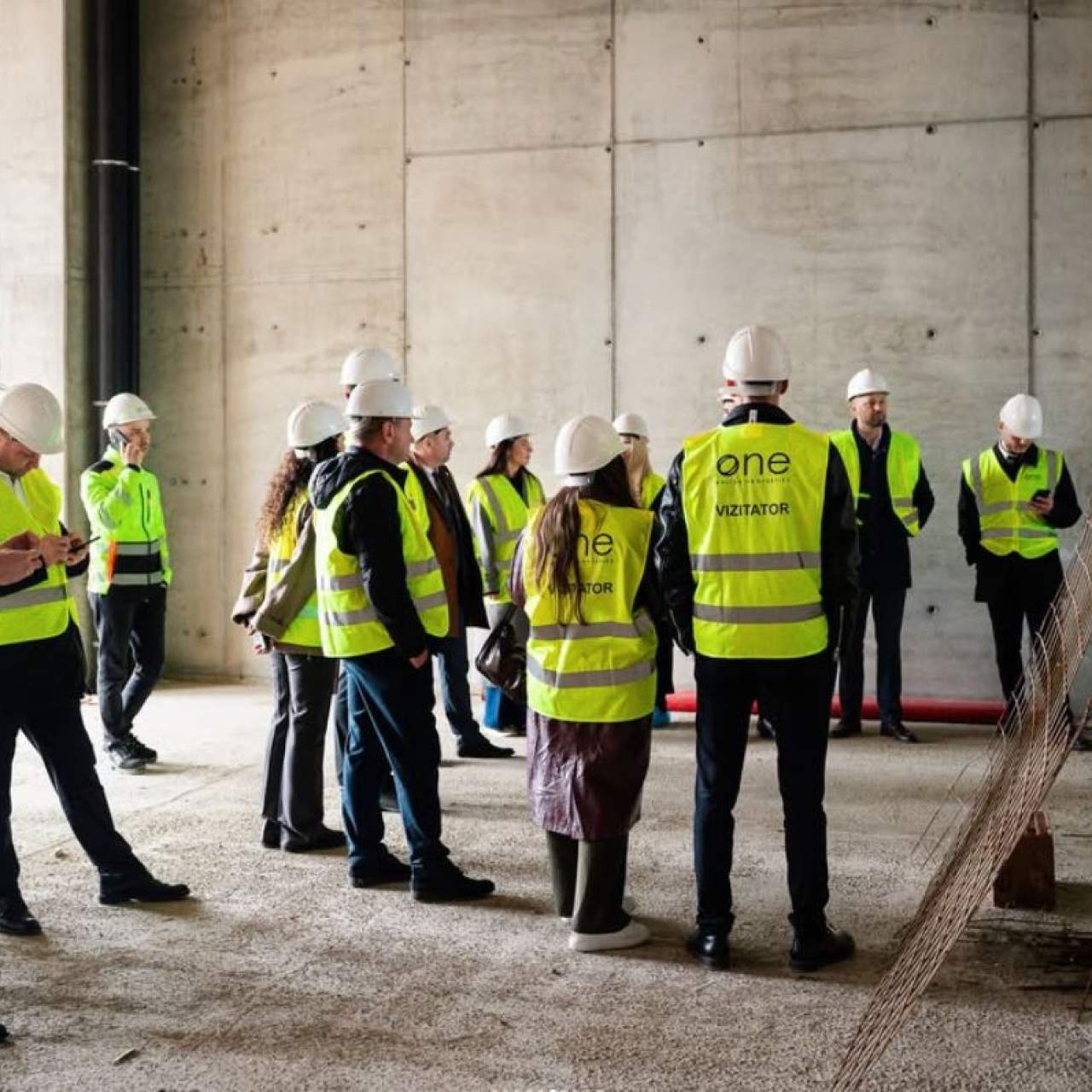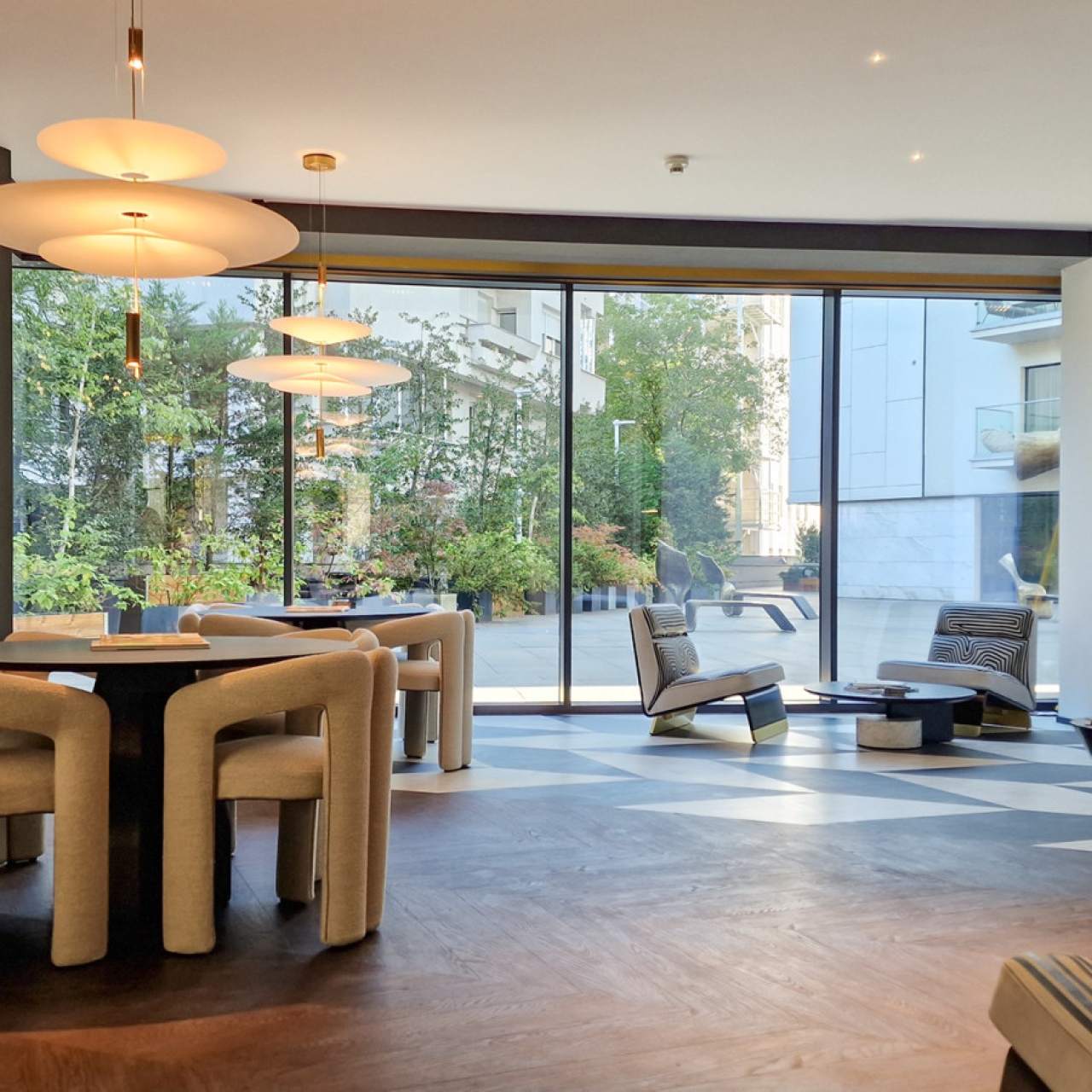
The story of Băneasa district
With a rich history, linked to important Romanian names, Băneasa is among the oldest districts in Bucharest.
What are the moments that marked its development?
Originally known as the village of Cârstănești, under the administration of a ”ban” (governor) named Mareș in the 17th century, the district is named after his wife, who was called “băneasa”. She was also the one who expanded the estate after the death of Mareș. A century later, it would become the property of Ștefan Văcărescu, whose son, the poet and historian Ienăchiță Văcărescu, would build here a mansion, meanwhile destroyed, and a church, Sfântul Nicolae, which is still operating. The construction of a palace was also started here near the present-day Royal Railway Station, at the request of the ruler of Wallachia Gheorghe Bibescu, but the revolution of 1848 stopped the works. Later, the one who received the reins of the Băneasa estate was Maria Bibescu, Countess of Montesquiou-Fézensac.
A historical moment related to this district took place on May 10, 1866, when the future King Carol I was given the key to the city on his entry into Bucharest. In the interwar period, another important moment took place: the administrative transformation of the village of Cârstănești, known for the production and sale of dairy products, into a commune.
On the grounds of the hippodrome designed by Ion D. Berindey in Băneasa, closed with the establishment of the communist regime, the French aviator Louis Blériot conducted the first flights in 1909. Three years later, the Romanian Air League headed by Prince George Valentin Bibescu established here a school of piloting and military pilots. Later, after the airfield was transformed into an airport, a similar institution intended for civilians was inaugurated, as well as the Royal Romanian Aeroclub. The work on the new building of the Băneasa air terminal began in 1947 and lasted for five years, with a construction taking the form of a propeller with three blades. Since May 12, 2007, Băneasa Airport has been part of the National Company "Aeroporturi București", following the merger with the company that manages Henri Coandă Airport in Otopeni. Over time, numerous personalities have been welcomed here, from politicians to artists, including Pope John Paul II, Prince Albert II of Monaco, Bill Gates, and Madonna.
One of the city's railway stations was also opened here in the fall of 1886. The Royal Family of Romania used it on many important occasions: the body of King Carol I was brought here from Sinaia in 1914, and the members of the Royal Family disembarked here on December 1, 1918, continuing their triumphal entry into the city on horseback. The station was also used on King Ferdinand's return from the coronation ceremony held in Alba Iulia. Given its use by the country's leaders, in 1936 a new royal station, Mogoșoaia (renamed Băneasa in 1940), was built, in parallel with the one in Sinaia. During the communist regime, it served as a protocol station. Currently, it is used occasionally.
One of the most famous sights in the area is Miorița Fountain, located near the Popular Art Museum "Prof. Dr. Nicolae Minovici". The historical monument bears the signature of the architect Octav Doicescu, while the pieces of black and white mosaic used to create the decorations, which translate the Romanian ballad Miorița into images, were made by the artist Miliția Petrașcu. Made of granite from Dobrogea, the monument is 16 meters long, 0.6 meters wide and 3.2 meters high and was inaugurated in 1936 during an exhibition.
Data for this article was obtained from adevarul.ro, historia.ro and wikipedia.org. Photo credit: Munteanu Anca, CC BY-SA 4.0, via Wikimedia Commons.
Inspired by the article?
Explore apartments in neighborhoods worth discovering:


